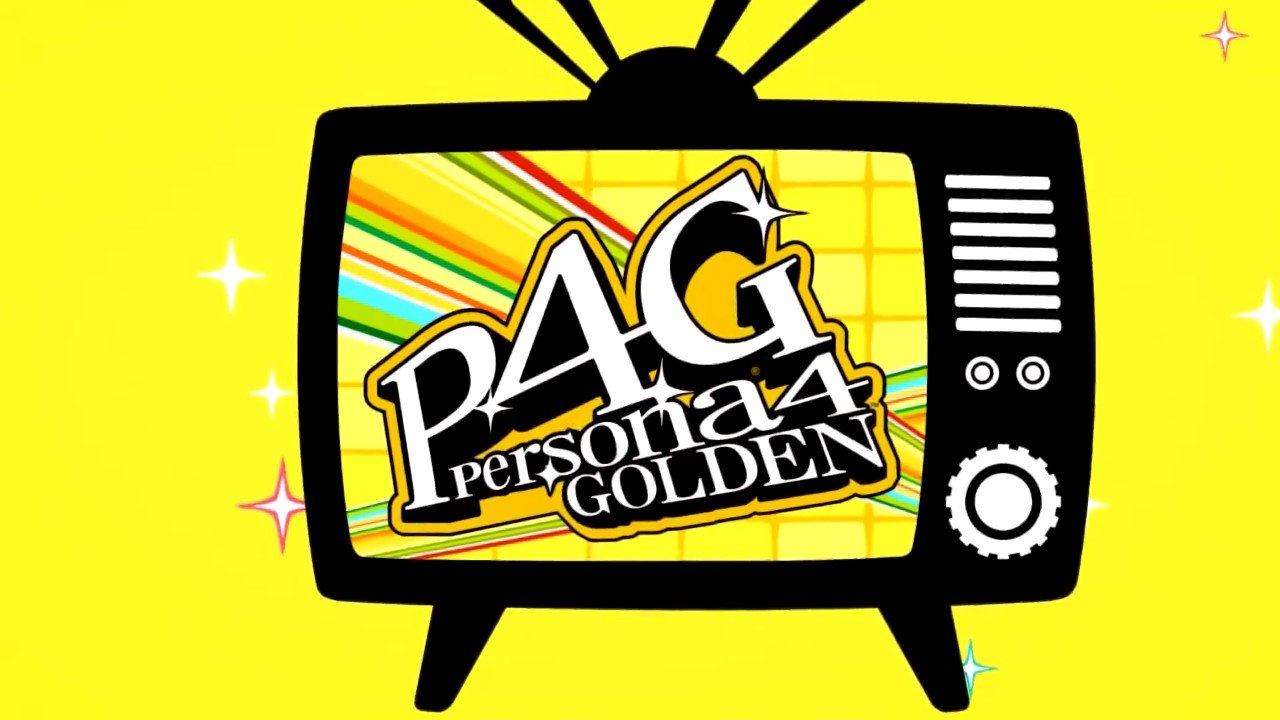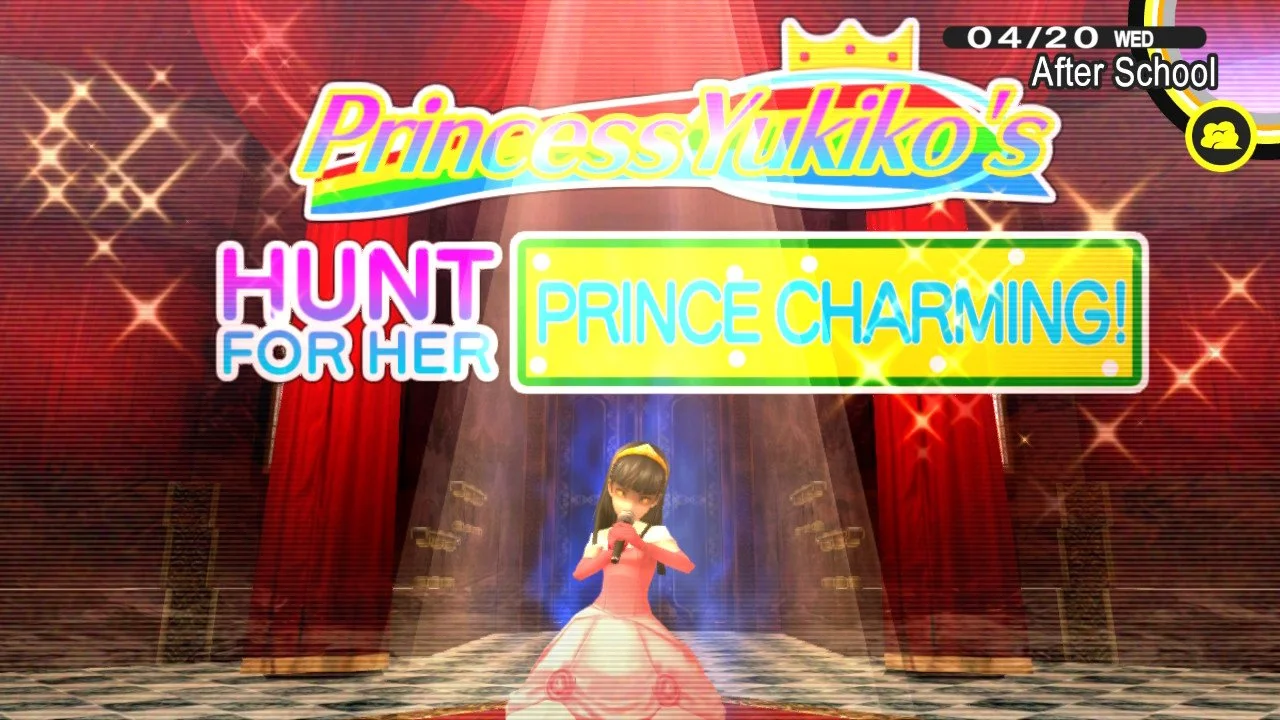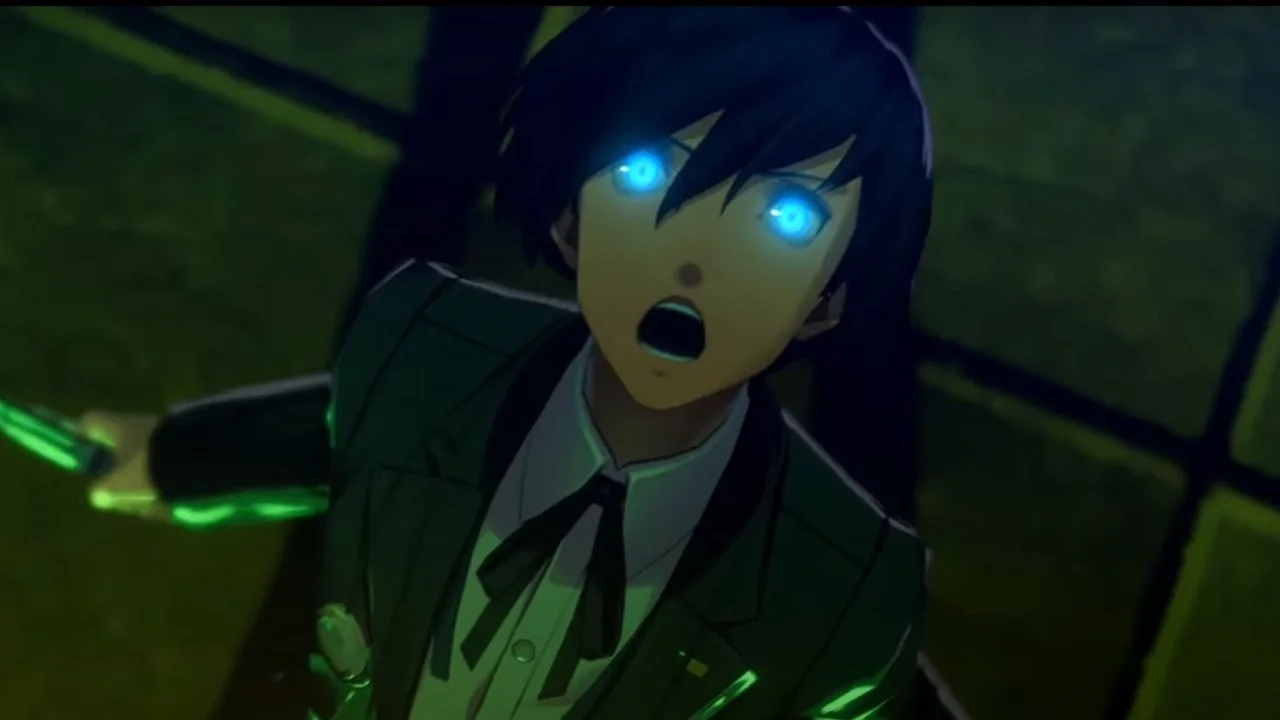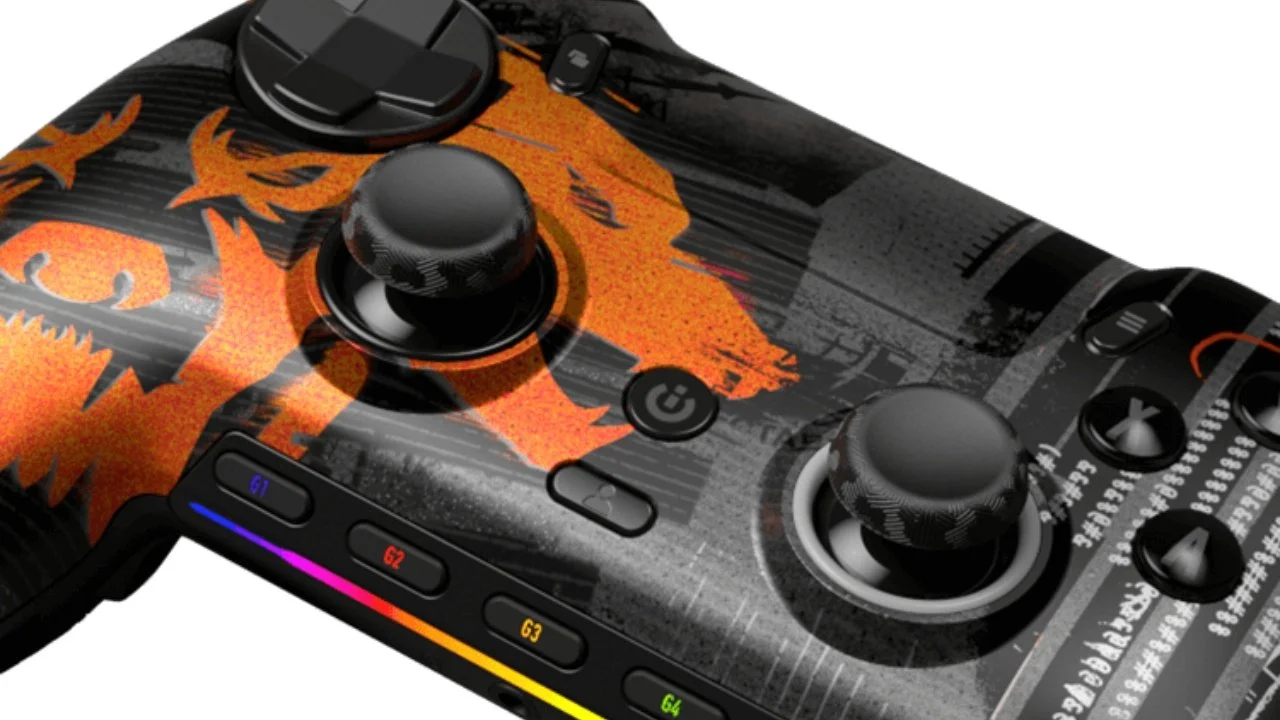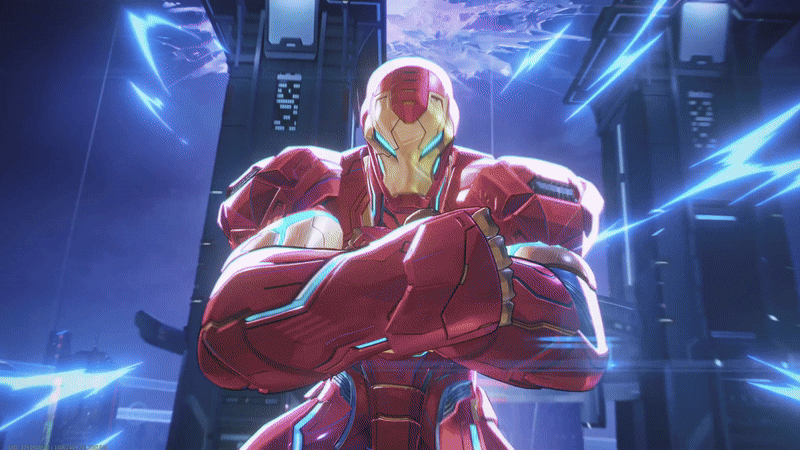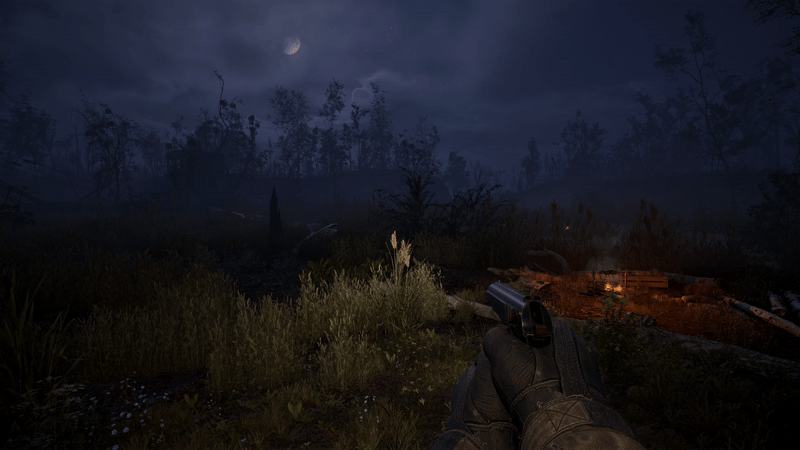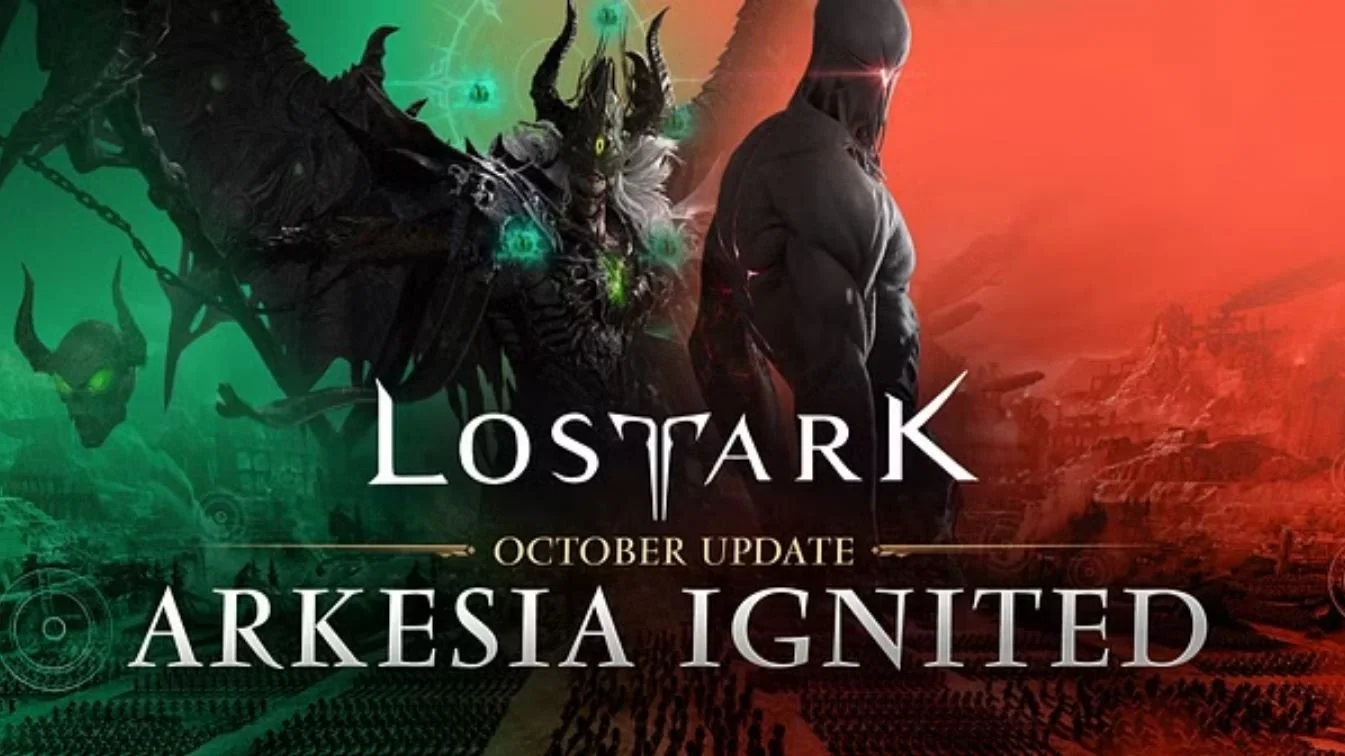Nintendo Switch review code provided by Atlus.
Video game franchises often take one of two paths when approaching entries: iterative or innovative. Innovation can elevate a series to a level of profundity previously thought unattainable, such as God of War (2018). On the other hand, iteration can take the best elements of previous entries and expand on them, making an undeniably better game with each title. But in some rare circumstances, a developer manages to do both.
Persona 4 Golden was the last mainline Persona game before the universally beloved Persona 5, but it confidently stands alongside its younger sibling in the RPG Hall of Fame. That may not be a real place (yet), but Atlus might just deserve their own wing. The blueprint of Persona 5 (and its own iterative upgrade, Persona 5 Royale) is evident in every aspect of P4G, and just about every element is still wildly enjoyable more than a decade after its initial release.
Story
Zoinks! There’s been a murder! Persona 4 Golden begins with the main character moving to the sleepy town of Inaba in the Japanese countryside to live with his uncle and cousin. Shortly after his arrival, though, there’s a string of murders that no one can explain. That is until the hero and his friends discover the Midnight Channel.
It’s said that if you look at a TV at midnight on a rainy night, you’ll see the face of your soulmate. When you do it, however, you discover that you’re peering into another world that brings that repressed parts of human personalities to life. These repressions become dangerous beings called Shadows, and the culprit behind these murders is using the Shadows to carry out their dirty work.
After saving the life of a fellow classmate, you and your friends decide to continue investigating the Midnight Channel and put a stop to the murderer running around Inaba. It’s a pulse-pounding story that continues to build with each victim snatched from this would-be serial killer’s clutches. The stakes are smaller and more personal than either Persona 3 or Persona 5, but the moment-to-moment development is so enticing that it’s hard to stop playing.
Your motley crew of Persona users grows with each rescued student, and each character has a vibrant personality that draws you in. Yosuke Hanamura is your first ally and easily one of my favorite JRPG characters ever. He carries himself with a great deal of confidence, but underneath it all, he’s still just a kid who’s hurting after his parents moved him to this small town six months ago. Yosuke’s depth and range of emotion is brought to life by one Yuri Lowenthal (in English), who is most well-known for his many outings as everyone’s favorite wall-crawling superhero.
Other notable characters include Yukiko Amagi, the daughter of the local inn managers who’s spent most of her life repressing her childlike wonder in order to act more mature. The development of her character is one of the most poignant I’ve seen in any media form, and it’s a joy seeing her open up as she finds a real support system in your group of friends.
P4G was also heralded as a step forward for queer representation in video games, as it prominently features two characters who take a step outside of traditional gender roles. Kanji Tatsumi is a brash, violent kid who represses his feminine characteristics and questions his own sexuality, and Naoto Shirogane is an aspiring detective who presents as masculine in order to be taken more seriously by a misogynistic society. P4G handles both of their stories incredibly well by giving both characters time to confront and address these insecurities and accept the parts of themselves that others might not.
Even as you’re getting to know the different members of this incredible cast, the looming threat of the serial killer always hangs overhead. It’s reminiscent of the plot point in Persona 5 where right from the start you know one member of your team is going to betray you. While the identity of the traitor in that game was fairly obvious, P4G keeps you on your toes about the identity of the killer until just the right moment. It’s a tense and engrossing mystery that never runs out of steam.
Gameplay
Persona 4 Golden’s gameplay is one of the most impressive examples of iteration I’ve ever encountered. It takes everything good about Persona 3’s combat, social elements, world design, and dungeons and just improves on them in every possible way. While combat in Persona 3 quickly became a rote exercise in repetition, P4G takes a giant step toward the near-flawless battle system found in Persona 5.
Battles play out in a similar fashion to most turn-based RPGs: each character takes a turn to dish out an attack or use a spell or something, with the turn order determined by the all-important Agility stat. Every character has strengths and weaknesses, and these can be exploited in battle to gain the upper hand.
Since we’re not quite at Persona 5 yet, though, there are still a few drawbacks to the combat that I found frustrating. Many enemies, even in the early parts of the game, simply don’t have any weaknesses. There’s no way to knock them down except with critical hits. Otherwise, you’re just whacking away hoping to deal enough damage to take them out.
Additionally, just as many enemies who do have weaknesses have spells that temporarily cancel out this weakness! It’s a frustrating mechanic that obliterates any desire to strategize, especially since there’s no visual indicator for this resistance spell. There’s nothing quite as annoying as missing the prompt that their resistance returned to normal and only finding out when they use the spell again.
There’s also still an overreliance on Light and Dark-type magic, which wouldn’t be a problem if either of those elements had any attacks that weren’t insta-kill magic. Hama and Mudo should not just be casually thrown around by standard enemies half the time, and it’s demoralizing to start a floor over because of one stray spell you cannot counter in any way.
Fortunately, these are the only real issues I had with the combat, and for the most part, battles feel great and rewarding. The Shuffle system that randomly comes up at the end of a battle is a fun addition that can have drastic effects on your current run. You can boost experience and money, even heal your team and find new Personas, but clearing the board and earning the sweet Sweep bonus is the real prize.
Social Links return as well, and this time they’re far more integral to the combat experience than in Persona 3. For one, improving your Social Links with party members now unlocks special techniques for them like helping up a fallen teammate or curing status effects. You’ll even unlock special attacks and passive abilities for their Persona to use in battle. It’s a welcome upgrade that makes party member Social Links feel much more valuable.
Other Social Links might not offer the same level of utility, but there are a few that have benefits beyond the standard experience boost during Persona fusion. A fox that guards the local shrine offers healing services while in the Midnight Channel, and upgrading its Social Link reduces the price of its offering. Spending time with certain Social Links can also improve your social stats, making it even easier to unlock new Links or make it to certain levels with existing ones.
Everything from the battles to the characters to the town of Inaba itself is filled with vibrancy and mystery, offering new systems to engage with and powerful rewards to earn. It quickly became hard for me to choose what I wanted to do on any given day, which is a good indicator that there’s a plethora of fun options to choose from.
Audio and Visual
Oh man, Persona 4 Golden is just absolutely oozing with style. It’s the most stylish game I’ve played probably since Persona 5, and it leans into its kooky, 70s aesthetic with so much gusto. It’s beautiful and colorful and sexy and it’s always seeking to top itself with new, wild environments and characters. The perfect distillation of this style is Ms. Chie Satonaka, who always looks like she just left the set of the photo shoot for Sergeant Pepper’s Lonely Hearts Club Band.
The music follows suit, offering a wide variety of accompaniments that are all instant classics. Stopping to just jam out to the battle themes or vibe with an environmental score was a regular occurrence during my playthrough. I was especially enamored with the suspenseful theme that played during moments of tension or intrigue, like when the main characters would watch the Midnight Channel or we’d see a mysterious figure walking outside on a foggy night.
What Could Be Better
Many of the things I would like to see in this game are just elements that Atlus brought in for Persona 5, but the biggest improvement by far would be the limited list of elements. There are only four damage types, five if you count physical, with Light and Dark attacks only appearing alongside insta-kill spells. Even P5 still suffers from the existence of these attacks, and it’s time to just strike them from the RPG handbook.
I also would’ve liked more interconnectivity from all of the Social Links. It was hard to justify spending time with either of my social clubs or my family members, as their Social Links didn’t offer any benefits during battles or while exploring dungeons. I prioritized my party members first, only doubling back for their Links once I’d maxed out my team.
Verdict
Persona 4 Golden might be over a decade old at this point, but it is still one of the greatest RPGs ever made. While it is missing a few of the elements that made its successor a cultural phenomenon (launching on the PS4 also helped), Persona 4 Golden nevertheless manages to tell an incredible story that features a wonderful cast, exhilarating combat, and peerless artistic direction.
Persona 4 Golden is available now for Xbox One, Xbox Series X|S, PlayStation 4, Nintendo Switch, and PC via Steam.
